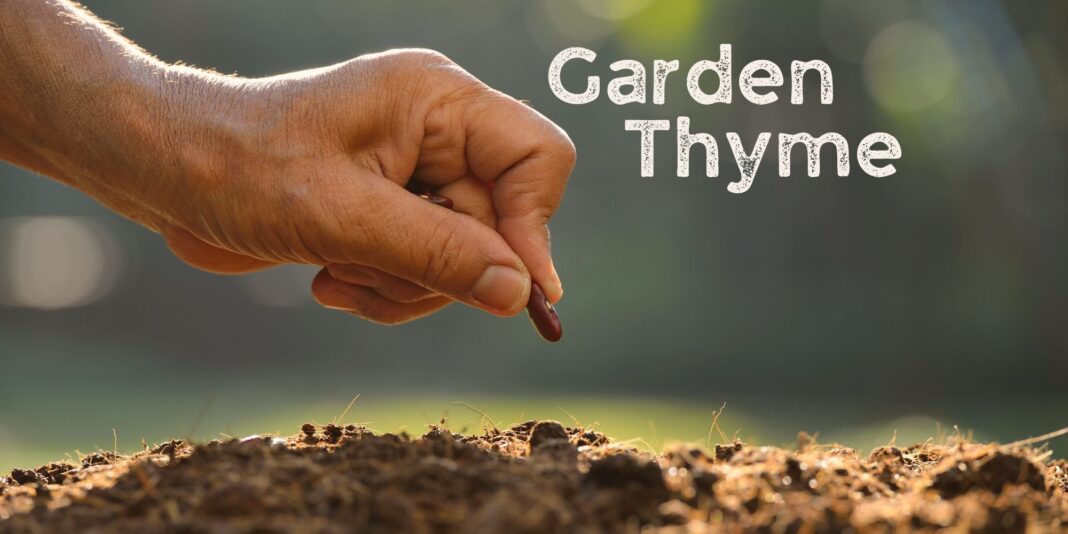Garden Thyme: How to Prep Your Plants for Storm Season in Texas
As the storm season approaches in Texas, homeowners and gardening enthusiasts face the challenge of protecting their green investments from potentially harsh weather conditions. The Lone Star State is no stranger to severe storms, including high winds, heavy rainfall, and even hail, which can all wreak havoc on both indoor and outdoor plants. Preparing your plants for this season is crucial to ensure their survival and continued growth. Here’s a comprehensive guide on how to do just that.
Understand the Risks
The first step in preparing your plants for the storm season is understanding what risks these weather conditions pose. High winds can break branches, dislodge plants from the ground, and scatter debris that can harm delicate foliage. Heavy rain can lead to waterlogging, which in turn can suffocate plant roots and lead to fungal diseases. Hail can cause physical damage to leaves, stems, and flowers.
Outdoor Plants: Secure and Shield
1. Pruning:
Begin with pruning excess growth. Removing weak branches and dead leaves can reduce the risk of damage as there’s less material for winds to catch on. Pruning also helps in maintaining the plant’s health and encourages new growth after the storm passes.
2. Proper Staking:
For taller plants and young trees, proper staking is essential to provide stability during strong winds. Use sturdy stakes driven deep into the ground and soft ties to avoid damaging the plant. Ensure the stakes are tall enough to offer support to the plant’s height.
3. Ground Coverage:
Mulching can play a significant role in protecting the integrity of the soil around your plants. A good layer of mulch will help prevent soil erosion during heavy rains and also help in retaining moisture during drier periods post-storm.
4. Relocate Potted Plants:
Portable and potted plants should be moved to a sheltered area. Places such as under a covered patio, inside a garage, or any other secure area can provide refuge from direct exposure to harsh weather elements.
Special Considerations: Vulnerable Species
Certain plants are more vulnerable to storm damage than others. For example, broad-leafed plants can catch more wind and are more susceptible to tearing. Delicate flowering plants might not only lose their blooms but could suffer stem damage due to hail. Assess the needs of specific plants in your garden; for instance, consider installing protective coverings like burlap wraps or plant cages for the most vulnerable species during severe weather alerts.
Indoor Plants: Insulate and Protect
1. Check Windows and Placement:
Ensure that your indoor plants are away from areas where drafts or leaks might occur during a storm. Windows, particularly those facing the direction of prevailing winds, can pose a risk of breakage or water exposure.
2. Adjust Watering Schedules:
Before and immediately after a storm, adjust your watering schedules based on humidity levels. Increased humidity from long bouts of rain might mean that your indoor plants require less frequent watering.
3. Provide Adequate Light:
If stormy conditions persist and natural light is reduced for several days, consider supplementary lighting options like grow lights to help your indoor plants continue photosynthesizing properly.
Long-Term Strategies: Landscape Planning
For long-term resilience, consider landscape planning that accommodates frequent storms. Plant native species that are better adapted to local weather conditions and plan your garden layout to include windbreaks, such as hedges or rows of shrubs that can reduce wind impact on other garden areas.
Post-Storm Care
After the storm passes, assess the damage and start the recovery process promptly. Remove any broken branches and damaged plants to prevent pests and diseases from settling in. Check for waterlogging and, if necessary, improve drainage around affected plants. Offer support and care to help your garden return to its pre-storm condition.
Preparing your plants for storm season in Texas is a proactive approach to gardening. By taking the steps to secure, protect, and provide for your plants, you can mitigate the impacts of severe weather. Remember, the time and effort you put into these preparations can be crucial in preserving the beauty and vitality of your garden through whatever the season throws your way.















